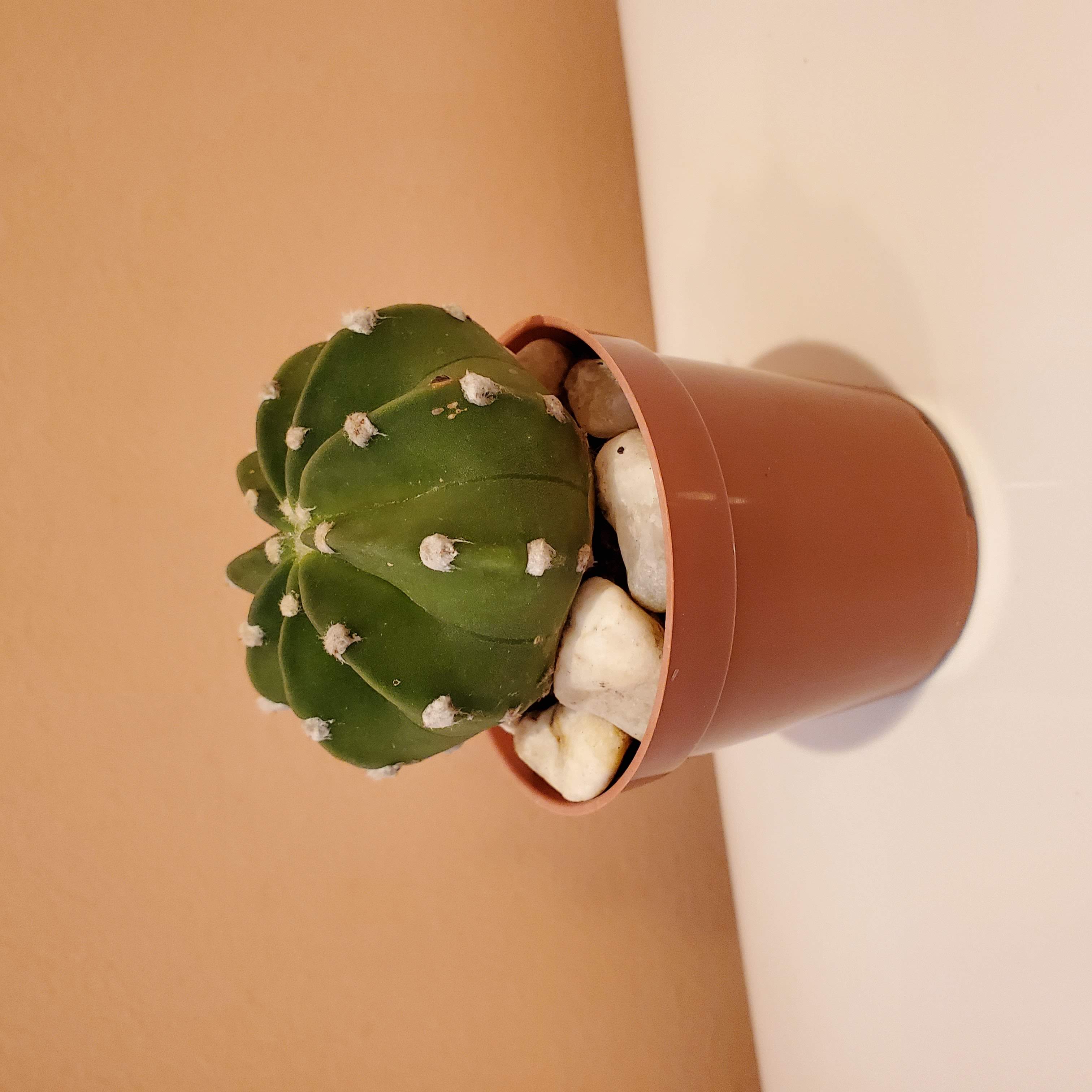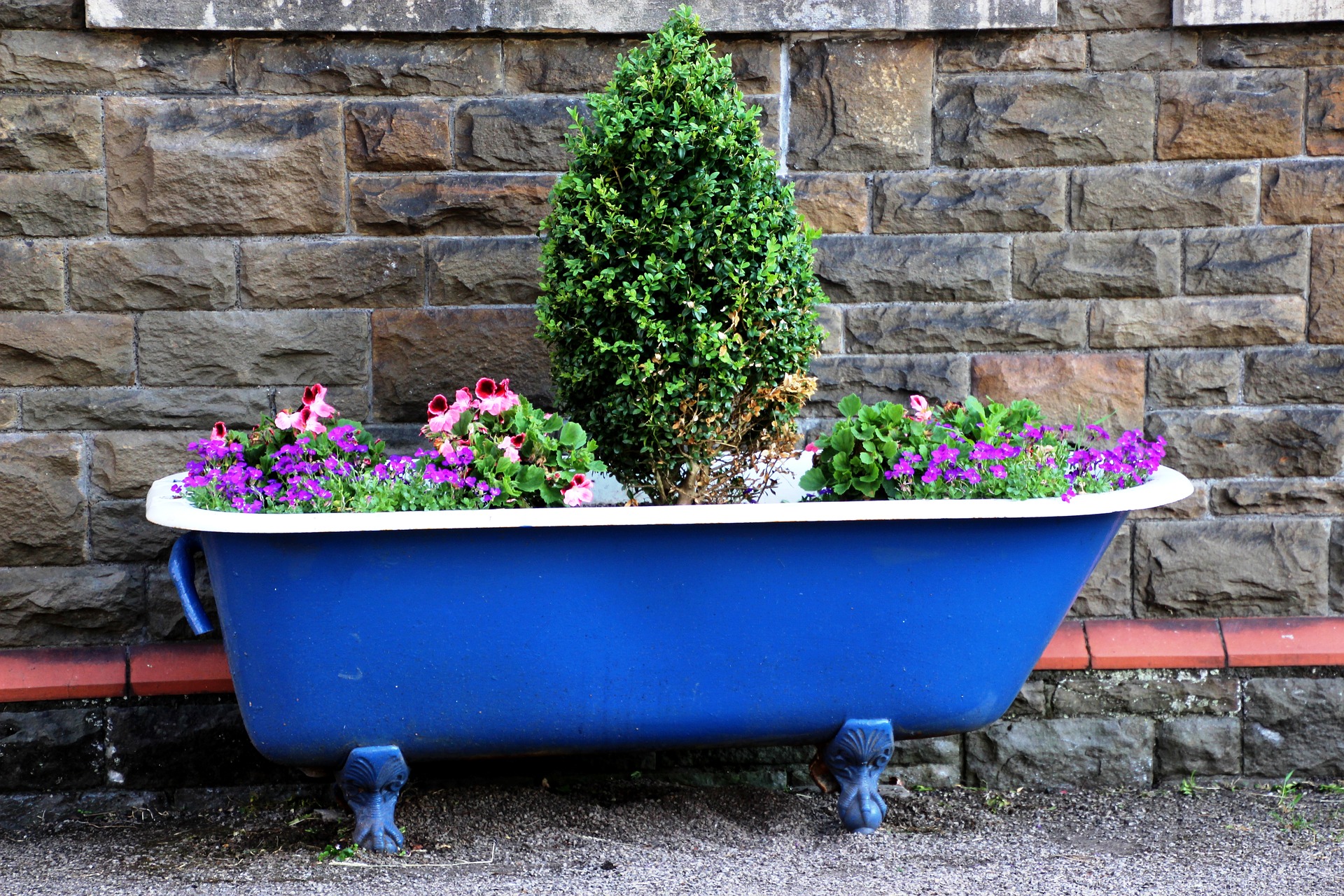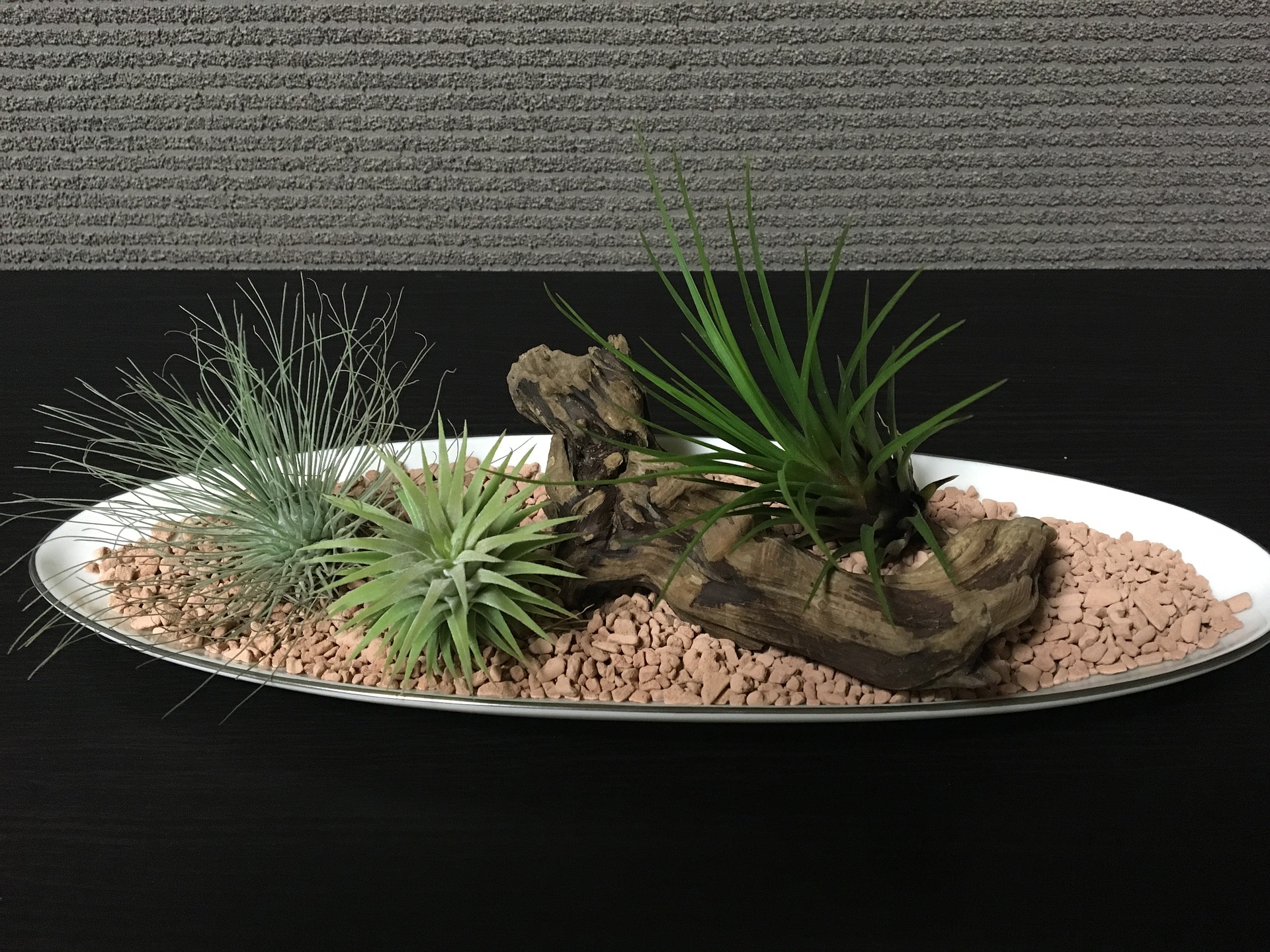- Home
- Fairy Gardens
- Fairy Garden Plants
Fairy Garden Plants
Selecting the right fairy garden plants is an important step in growing a fairy garden. You want to choose plants that will stay fairly small, have similar light and water requirements, and fit visually with your fairy garden design theme. Also, the ideal plants for fairy gardens are those that match the scale of your garden, with small leaves and small flowers.
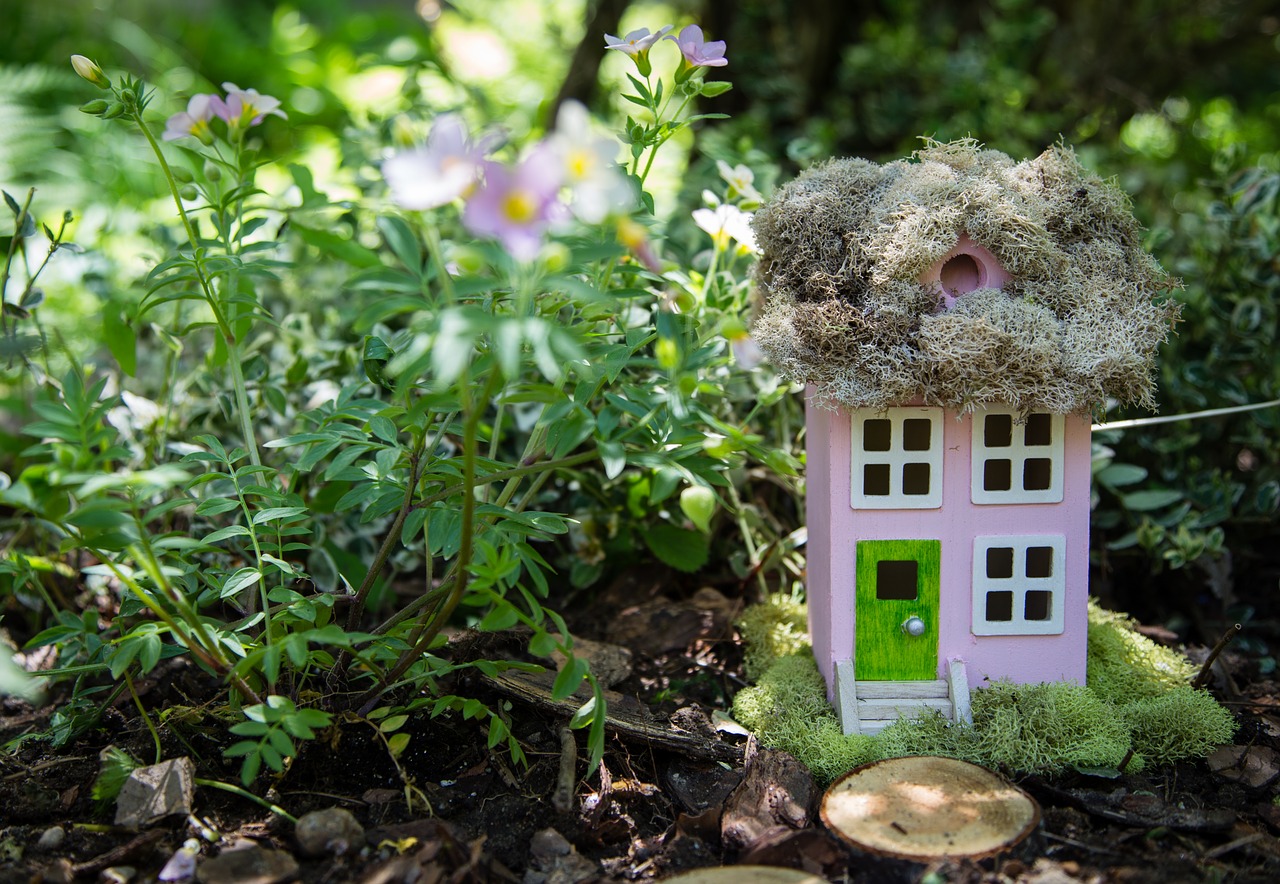
What is a Fairy Plant?
Fairy garden plants are sometimes called fairy plants or miniature plants. A fairy plant is any plant which is small (they are usually sold in 2-inch pots), grows quite slowly, has a maximum size that is not too big for your fairy garden (or is easy to prune as needed), and doesn't require too much root space (since fairy gardens are often shallow).
Most fairy garden plants are regular plant species that naturally stay quite small, such as alpine plants and succulents. Some miniature plants are created in small sizes, such as bonsai trees which are kept small by progressive root cutting and binding, or dwarf plant varieties which have been bred to be small cultivars of their larger common cousins.
But you can also use any other small plants for a unique fairy garden such as air plants, herbs or cacti.
Best Container Fairy Garden Plants
If you're building your fairy garden in a small container, then you probably want to select miniature plants that will stay quite small and not outgrow the size of your pot. You also want to find plants with smaller root systems, and that don't require too much watering when in a confined space like a fairy garden container.
When planning which plants to select for your fairy garden, think about how you want it to be viewed, then choose at least one "tree" to use as a focal point, some taller plants for the back of the garden, shorter plants in front, and groundcover plants for areas where you want to have some green cover without height. Depending on the design of your fairy garden and how many plants you want to include, you might want to replace some or all of these choices with hardscape or accessory elements instead (eg, using a tall rock or a Buddha statue in a Zen garden as the focus rather than a "tree"-like plant, or using tiny rocks or sand as groundcover).
These are some good questions to ask when selecting your fairy garden plants:
- Is the container going to be inside or outside?
- How much sunlight will the container receive?
- How frequently do I want to water my fairy garden?
- What is the design theme of your fairy garden, and what type of plant material comes to mind in that theme? For example, a desert fairy garden might have cacti and succulents, a woodland fairy landscape could include ferns and small plants or bonsai that can be pruned into tree-like shapes, and a farm/culinary themed fairy garden might include small herbs.
- What colors do you want from your plant material? Is it just background greenery, architectural interest (like cacti) or an important source of color from flowers or colorful leaves?
Low-water container fairy plants
These are some miniature garden plants that don't require much watering, and are good for a dry, sunny spot:
- Lavender cotton (Santolina chamaecyparissus) grows in small mounds of silver-grey leaves and will produce yellow flowers in full sun. It is quite drought tolerant, and also aromatic.
- Golden Japanese stonecrop (sedum ogon) is a spreading succulent with tiny bright gold leaves, making a perfect fairy garden ground cover. It enjoys partial sun (morning or evening is best) and is quite drought tolerant. Other small creeping sedum are a good choice also - you can find them in gold, green, red and purple.
- Cacti - the Fairy Castle Cactus (Acanthocereus tetragonus) can make a great architectural statement in an arid fairy garden. Add a little fairy door accessory to the front and it really will look like a fairy castle! Almost any cactus will work well in a low-water fairy garden, since they grow very slowly. Just make sure you are able to give them enough light to thrive. Read more about planning a cactus container garden here.
- Miniature Pine Tree (Crassula tetragona) - this is a succulent (related to the jade plant), but its leaves look like pine needles, and it will expose more of the woody bare stem as it grows.
- Succulents that don't require too much light are ideal as indoor low-water fairy garden plants. Choose spiky Haworthias (like the Zebra plant) or dwarf Sansevieria (Snake plant) varieties, for example. Many other succulents can be used as fairy garden plants, like the selection shown below. Learn more about growing succulents in containers here.
- Air Plants don't require soil, so they can be a great choice for a low-maintenance fairy garden. Read more about how to care for air plants in this article.
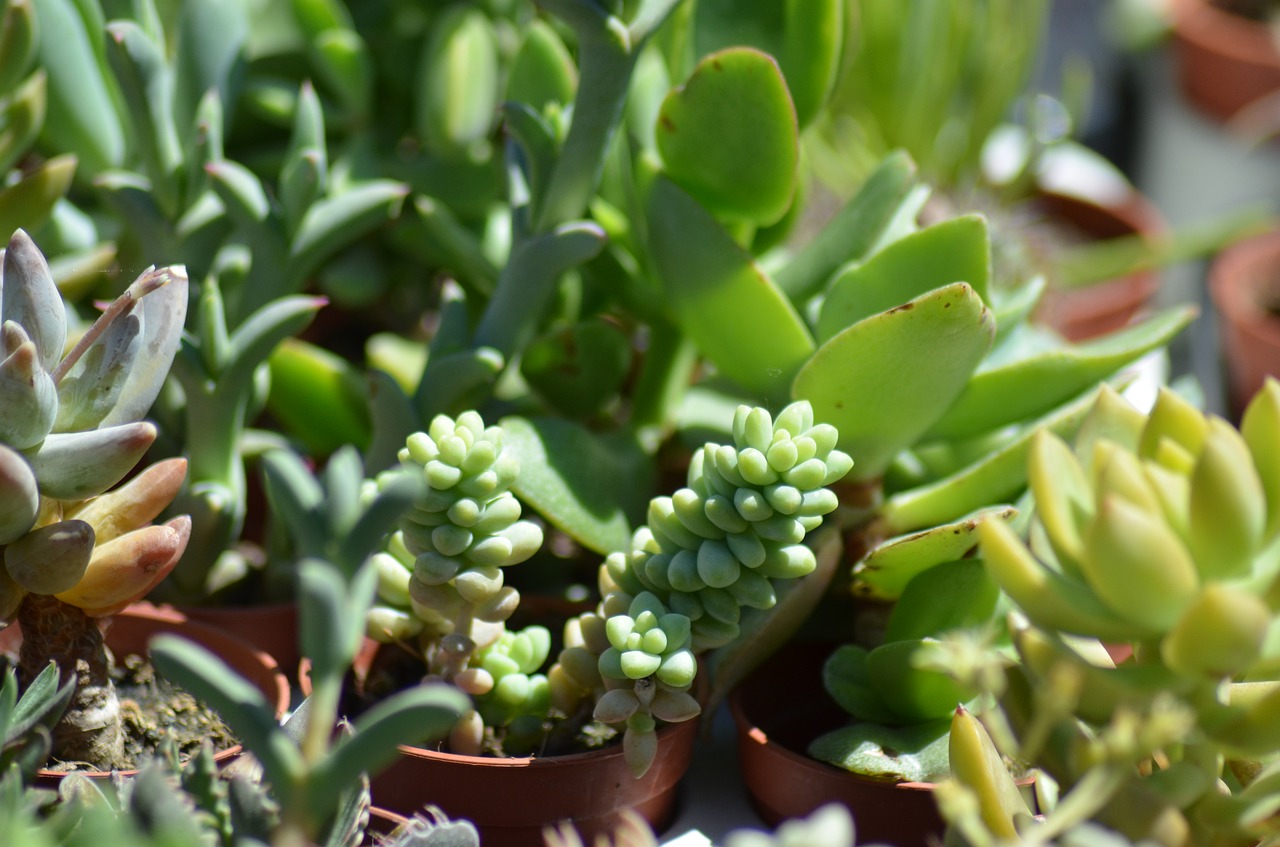
Colorful container fairy plants
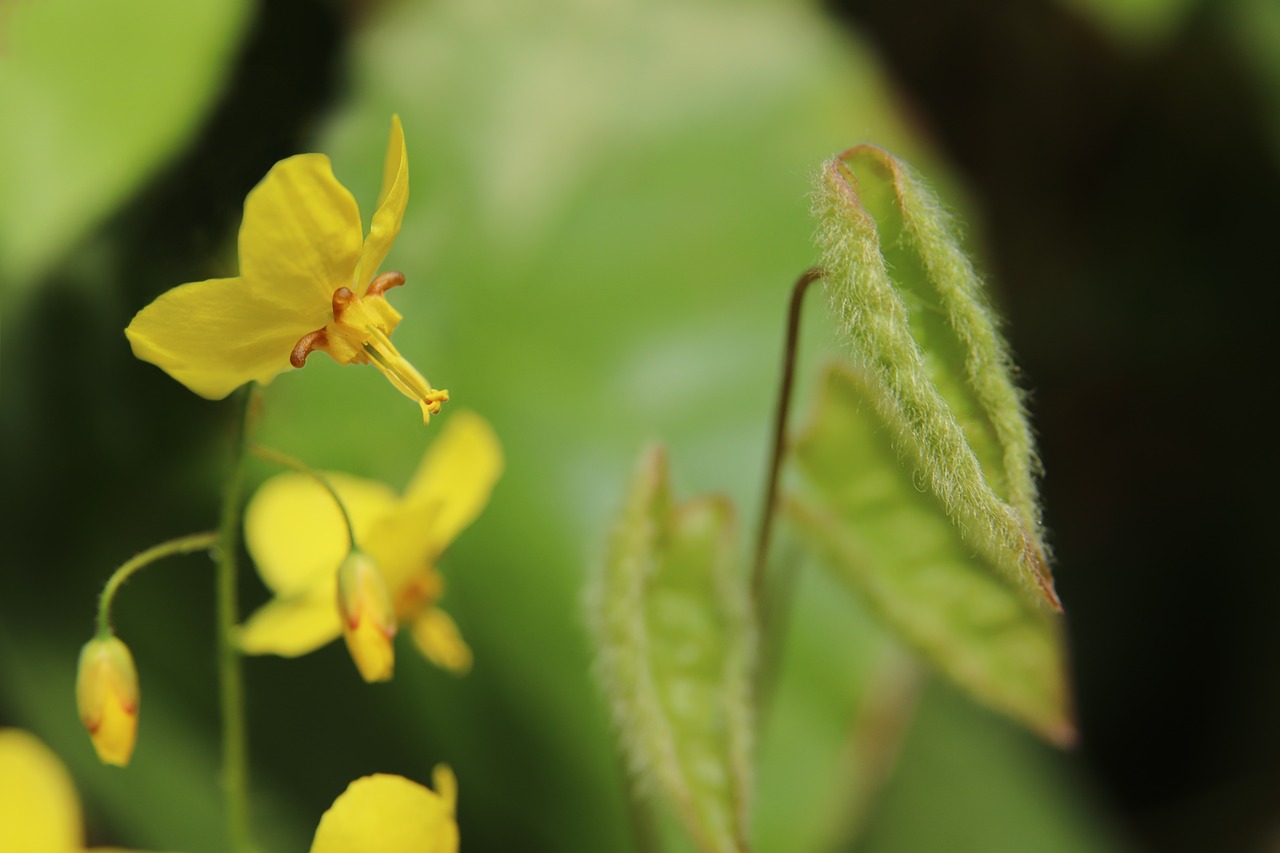
You can bring color to your fairy garden with plants that have brightly colored leaves, or choose flowering plants. You could also add a couple of pots of small flowering annual plants into your fairy garden landscape that you can easily change out as the flowers fade.
These are some good fairy garden plants with colorful leaves. Keep in mind that you'll need to provide bright light for your plants in order for them to keep their leaf color. Most of these will revert to shades of green if grown in low light situations.
- Polka dot plant (hypoestes phyllostachya) comes in shades of red, pink, white and green. Keep it compact by pruning/pinching the new shoots every now and then.
- Fittonia has a similar look to polka dot plant, and can be found in white, pink or red markings. Likes plenty of water.
- Golden Japanese stonecrop (see above)
- Wood sorrel - some varieties highlight pink and purple leaves with yellow flowers when blooming.
- Miniature coleus, sometimes called dwarf coleus, such as the "Tiny Toes" variety - these easy-to-grow plants have small, colorful leaves and if you like you can remove the lower leaves so it looks like a tiny tree. They will remain colorful even in areas that get some shade. Make sure to water regularly, and prune the shoots to keep them compact.
- Creeping Speedwell is a golden groundcover that will form a vibrant gold carpet.
These miniature plants deliver lots of color with flowers or seed pods:
- Mexican heather or false heather (cuphea hyssopifolia) is a miniature evergreen shrub with small green leaves and tiny purple or white flowers. You can prune it in a fairy garden to look like a miniature bush or tiny flowering tree, or shape it into a tiny topiary. Mexican heather is tolerant of heat and likes full sun to keep blooming.
- Miniature African violets.
- Ageratum has lovely blue blooms.
- Nasturtiums are easy to grow from seed, and develop bright yellow, orange and red flowers. An added bonus is that the flowers are edible! Nasturtium grows quickly, but is easy to prune back if the plant is outgrowing the space.
- Miniature pepper plants, like the dwarf "Medusa" pepper with its red twisted fruit, are ideal for fairy gardens. You can even prune them up to look like little trees or bushes.
You can also add seasonal color to your fairy garden with tiny potted plants. Here are some ideas for small potted plants that you can add and replace into your fairy garden landscape - you can often find these in bloom in two-inch pots at garden centers for just a few dollars:
- tiny orchids
- miniature roses
- flowering kalanchoe
- small bromeliads.
Lush greenery for container fairy gardens
These are some good fairy garden plants that stay fairly small and enjoy a bit more water and humidity:
- Pilea, such as the Silver Sprinkles plant (pilea glauca) which forms a groundcover of small leaves, or the Artillery plant (pilea microphylla. The Sharing Pilea (pilea peperomioides) can also be a cool fairy garden plant with its unusual disk-shaped leaves. You can water pilea when the top inch of soil is dry, and protect them from too much full afternoon sun.
- Spike moss plants, which look like tiny ferns (read more about how to care for spike moss plants here). Also called clubmoss, spike moss plants love humid environments like terrariums and grow very slowly.
- Wood sorrel (oxalis) is actually a small edible weed that has leaves that look like a shamrock and produces pretty yellow flowers. Likes moisture, and it will spread out to form a low groundcover. Also called Fairy Bells.
- Small ferns such as Asparagus Fern (which actually is not a true fern) with its bright green, frothy fronds of tiny leaves. It prefers indirect light and regular water, although the soil should be well draining.
- Dwarf grasses such as dwarf mondo grass.
- Irish moss (sagina sublata) is not a true moss, but creates a lovely green moss-like mound in a fairy garden.
Tree-like plants for fairy gardens
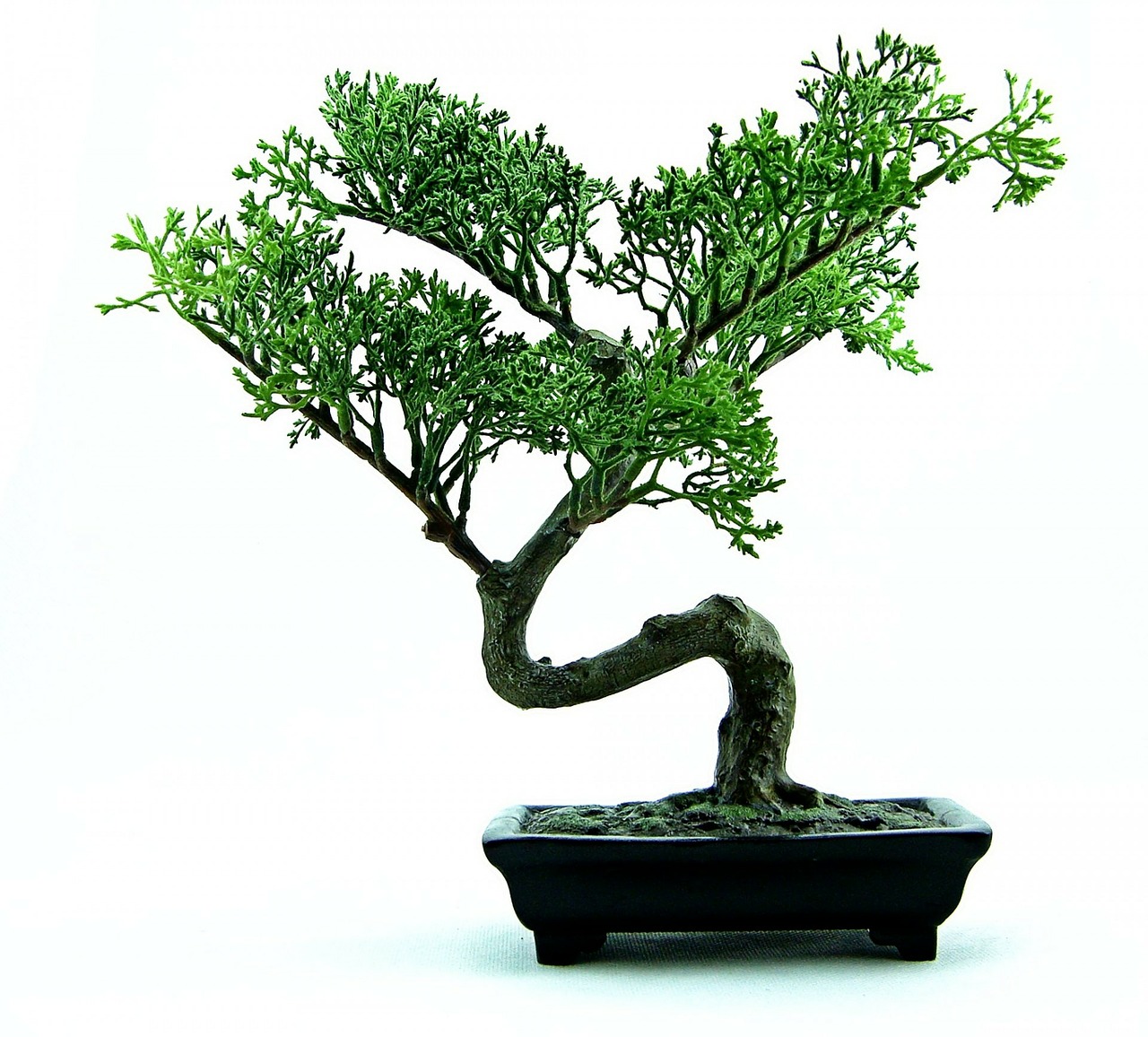
If you're looking for some fairy garden plants that look like tiny trees for a woodland theme, then these might be some good choices:
- Bonsai trees - most bonsai's, like the one pictured above, need frequent watering because their root systems are so constrained. It is best to keep your bonsai tree in its own pot within the fairy garden landscape so it is easier to attend to its needs (or replace if needed).
- Weeping fig (ficus microcarpa) - although this will eventually outgrow a fairy garden, it is very slow growing and provides a pretty tree-like form even when it is quite small. Weeping fig is often seen as a bonsai also. Figs like well-drained but moist soil.
- Mini pine tree succulent (crassula tetragona) - a good tree-like choice for a low-water fairy garden environment.
- Rosemary can be trimmed up to look like a small tree or hedge, exposing the lower woody stems (particularly in an older plant). It will also flower in the summer sun, and adds lovely fragrance to your garden.
- Dwarf false cypress (Chamaecyparis pisifera) is a small, golden bush that can be kept quite small in a fairy garden.
- Norfolk Pine (araucaria heterophylla) is not a true pine, but it stays quite small and is happy living indoors as a houseplant. These are often sold in big box stores in the Christmas season as tiny "living Christmas trees" bedecked with red bows, baubles and glitter.
Aromatic Fairy Plants
If you want to include some fragrant plants in your fairy garden then these can be good choices:
- Lavender cotton (see above)
- Thyme - this herb makes a pretty mounding ground cover in a fairy garden, needing regular watering to look its best. Even better, you can trim it for use in cooking!
- Rosemary (see above)
- Sage adds a lovely textural component, with its soft grey-green leaves. It is also a culinary herb commonly used in stuffings or with poultry.
- Chives look like a miniature clump of grass with lovely round pink flowers. They are related to onion and garlic and best grown in an outdoors fairy garden.
- Dwarf lavender is also both edible and beautifully fragrant.
Best Plants for Outdoor Fairy Gardens
The decision on which plants to choose for an outdoor fairy garden depends on a number of factors:
- Your climate: How cold does it get in the winter and how hot in the summer? How much rain or watering will it get?
- How sunny is the fairy garden location?
- How large is your fairy garden?
- What is the design theme for the fairy garden?
Many of the plants listed above for container fairy gardens will also work for outdoor fairy gardens, but you want to make sure the plant is tough enough to survive outside in your climate zone. If you are in the US, you can look up the hardiness zone of where you live (just google "hardiness zone" and your city) and select a plant with a hardiness zone number that is the same or less than your zone (again, you can google the plant name and "hardiness zone" if you don't see it on the tag).
If your fairy garden is outdoors, you also want to keep in mind whether the plants might be tempting food for any of the wild critters in your area (deer, rabbits, ground hogs, etc). Because they are small and delicate, some fairy garden plants can be attractive fodder for rabbits and other wildlife, so choose plants that are resistant to the common pests in your area (or that grow fast enough that you don't mind a nibble here and there).
How to Grow Miniature Plants or Fairy Plants
Growing fairy garden plants is not much different from growing any other houseplant or garden plant. There are a few important things to consider to keep your fairy garden plants happy and healthy:
- Provide the right amount of light,
- Spot water,
- Prune regularly,
- Mist humidity-loving plants like ferns,
- If necessary, you can place plants in individual pots that can be removed for watering.
Give fairy plants the light they need
Keep your fairy garden in a spot where the plants get the right level of sunlight (or a grow light, if necessary). How much sunlight they need will depend on the exact varieties of plants, but hopefully you've selected plants that all have similar light requirements.
Spot water your fairy garden plants
Using a watering can with a long, narrow spout makes it easy to spot water your plants without getting all your fairy garden accessories or hardscape items covered in water. You could even use a turkey baster for easily watering the plants in a tiny fairy garden.
Grow your fairy plants in pots
If your fairy garden doesn't have drainage, or if it only includes a few plants and you don't want to get the rest of the garden wet, then you can plant your fairy garden plants in individual small pots which you can remove for watering (the pots could be buried in moss or pebbles if you don't want them visible in the garden).
Prune regularly
Prune your plants regularly so they keep their shape and don't overgrow your fairy garden. Some types of plants like succulents and cacti will actually produce new plants from the trimmings if you just poke them back into soil.
Mist humidity-loving plants
If you use humidity-loving fairy garden plants like ferns or tropical foliage, they will appreciate a misting of water every few days to keep their leaves lush and stop them from drying out or browing. If your tap water is very hard, then use pure bottled water to spray your plants so they don't end up with white hard water stains on the leaves.
Next, learn more about building a fairy garden or select fairy garden accessories.
- Home
- Fairy Gardens
- Fairy Garden Plants
